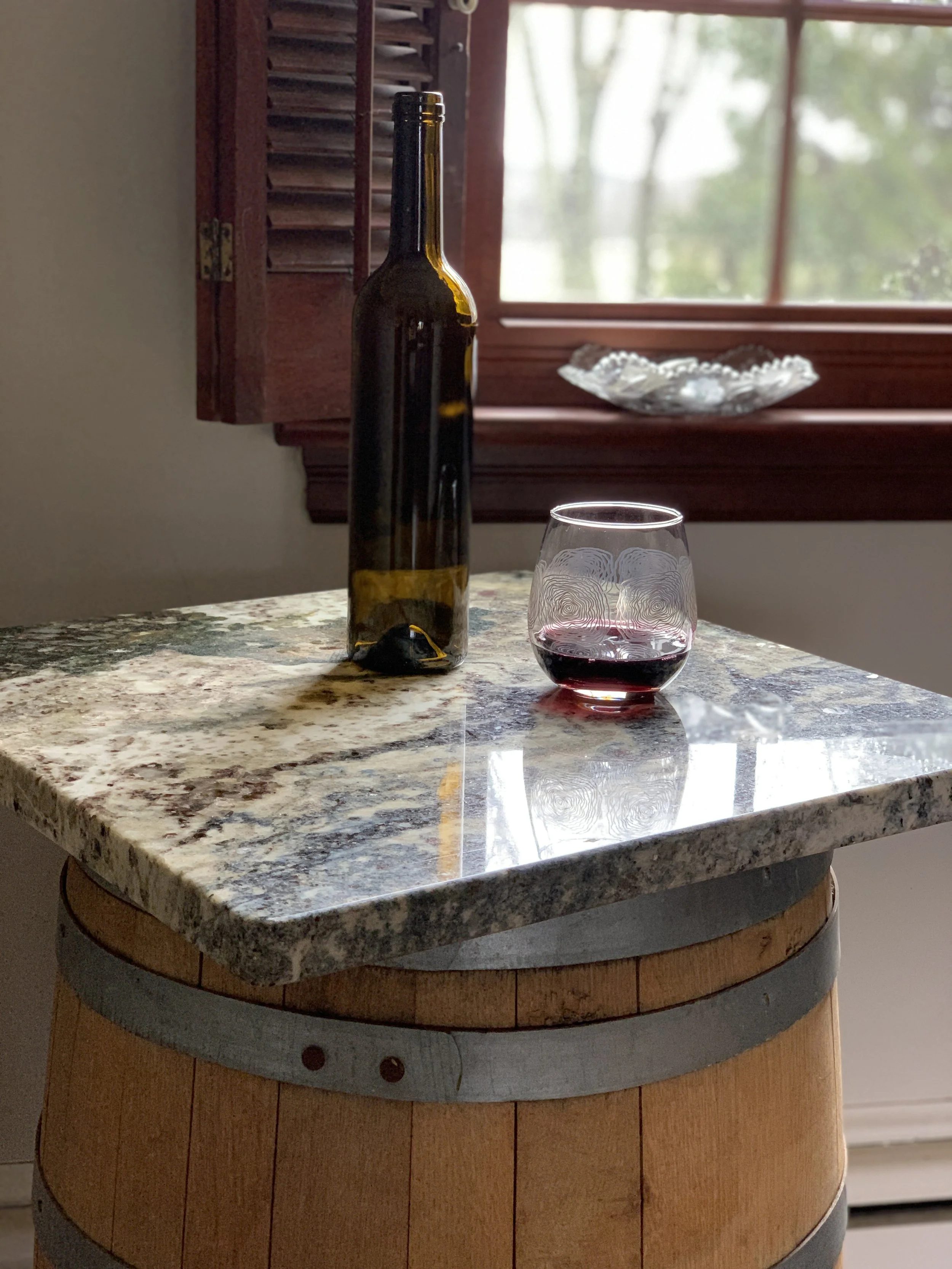Discovering Chilean Grapes
Last spring, I purchased and made wine with 11,000 pounds of grapes from the Colchagua Valley in Chile. My order included different quantities of 3 of the “noble” grapes used for making a Bordeaux style wine. The noble grapes are Cabernet Sauvignon, Merlot, Cabernet Franc, Petit Verdot, and Malbec. At the time, I did not have a full understanding of the differences between cool climate grape characteristics and warm climate grape characteristics and the difference between left bank Bordeaux style and right bank Bordeaux style wine. As dumb luck would have it, I have stumbled on two very different blends using the same grapes, the first being my “Rebel Red” and the second being my upcoming “Sultry” red blend. I couldn’t be happier with these wines!
The Colchagua Valley in Chile is known as one of South America's most promising wine regions. It is warm in the day but cool at night due to the ocean breezes. In cooler regions grapes take on more herbaceous, earthy traits; warmer climate grapes are more fruit forward. For example, the Chilean Merlot grapes have tobacco and smokey characteristics very different from a Merlot grown in a warmer climate which would present with plum and blackberry characteristics. The Chilean grapes that I purchased have great acidity, and the brix are low which leads to a lighter bodied wine.
The right bank Bordeaux style wine is usually about 70% Merlot with smaller amounts of Cabernet Sauvignon, Cabernet Franc, Malbec, or Petit Verdot. The “Rebel Red” blend that we made with the Chilean grapes was primarily Merlot but not exactly measuring 70%, with smaller amounts of Cabernet Sauvignon, and Cabernet Franc. Because the blend is largely the Chilean Merlot, the leading flavor characteristics are tobacco, smoke, cassis, and it has medium tannins.
The left bank Bordeaux style wine is 70% Cabernet Sauvignon with smaller amounts of the noble grapes described above. Our new “Sultry” blend is a larger portion of Cabernet Sauvignon (not 70%) with smaller amounts of Merlot and Malbec. This blend took weeks of trials to determine the right balance of flavors. I adjusted the percentage of Cabernet Sauvignon then exchanged Cabernet Franc with Malbec and the tasting experience was surprising. There is now a bright fruit lilt reminiscent of red cherry and cranberries with medium to high tannins that was not there in the initial blend. With a little age this wine will be silky and delightful.
This experiment in blending is what caused me to do the research on Bordeaux style blends and cool versus warm grape growing climates. It was the Merlot that surprised me the most, in fact, for quite some time I thought it was the oak barrel that added all the smokey flavor. My research gave me a different perspective on Chilean grapes and the blending process has given me an entirely new respect for the complexity of these, perfect for summer, red wines – coming soon from Le Garage Winery




